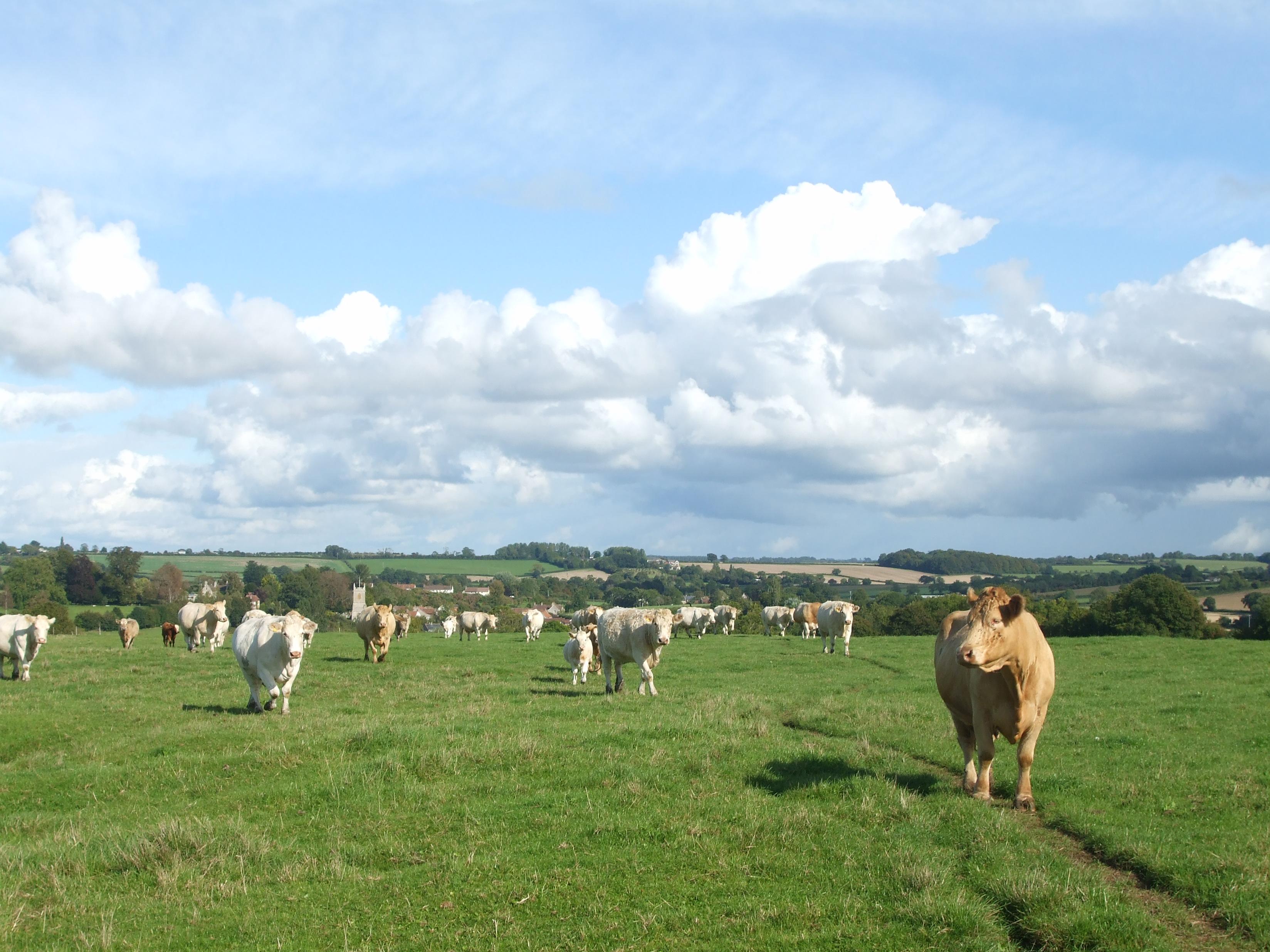St Andrew
High Ham, Somerset

The church is 14th century, with a Jacobean pulpit as well as on the south side of the chancel arch, there is a curious ribbed hagioscope or'squint'.
Pitney, Somerset
When the chancel was restored in 1853 workmen discovered a beautiful Saxon open work brooch of gilt bronze. It is now on view in the British Museum, and known as the ‘Pitney brooch’.
This small, intimate, church is 14th century, with a Jacobean pulpit which is carved with rose and crown for England, lilies for France and realistic thistles for Scotland. The roof has carved oak 14th century bosses, including a ‘Green Man’ which was known locally as ‘the Devil’. It is carved man’s face, set in foliage, with curly hair and huge ears.
On the south side of the chancel arch is a curious ribbed hagioscope or ‘squint’. It was possibly placed so that those in the side chapel could see the altar and celebrant. This must have been blocked up at one time, as it was opened up and cleaned for the sum of 10/- in 1852!
When the chancel was restored in 1853 workmen discovered a beautiful Saxon open work brooch of gilt bronze. It is now on view in the British Museum, and known as the ‘Pitney brooch’. During the restoration the current altar table, rails and choir stalls were placed in the chancel. Much of the restoration work; the reredos and panelling in the chancel was done by local, Pitney workmen.
The chair beside the altar is a replica of a Glastonbury chair, inscribed in Latin, the translation of which reads ‘May God save him Praise be to God. Give peace O Lord’. The chair was carved by a Pitney villager in 1890.
The font is 14th century; the bowl was replaced in 1874, but the lead inside is dated 1674. The cover is made in Jacobean style by village woodcarvers and erected in 1915. The tower contains six bells; five were repaired in 2015, and a sixth added. Two have been ringing since medieval days. There are wall plaques inscribed with the list of Rectors of Pitney from 1311, although Pitney no longer has its own Rector, but is now part of the Levels Arc Benefice, sharing its incumbent with three other parishes.
High Ham, Somerset
Long Sutton, Somerset
Built in 1717, this is one of the finest Quaker meeting houses in the country.
Long Sutton, Somerset
The church tower is visible for miles around, and is in the 'Levels' style. The figures around the church roof are either gargoyles (water spouts) or Hunky Punks, a local name for grotesque carvings which are not gargoyles.